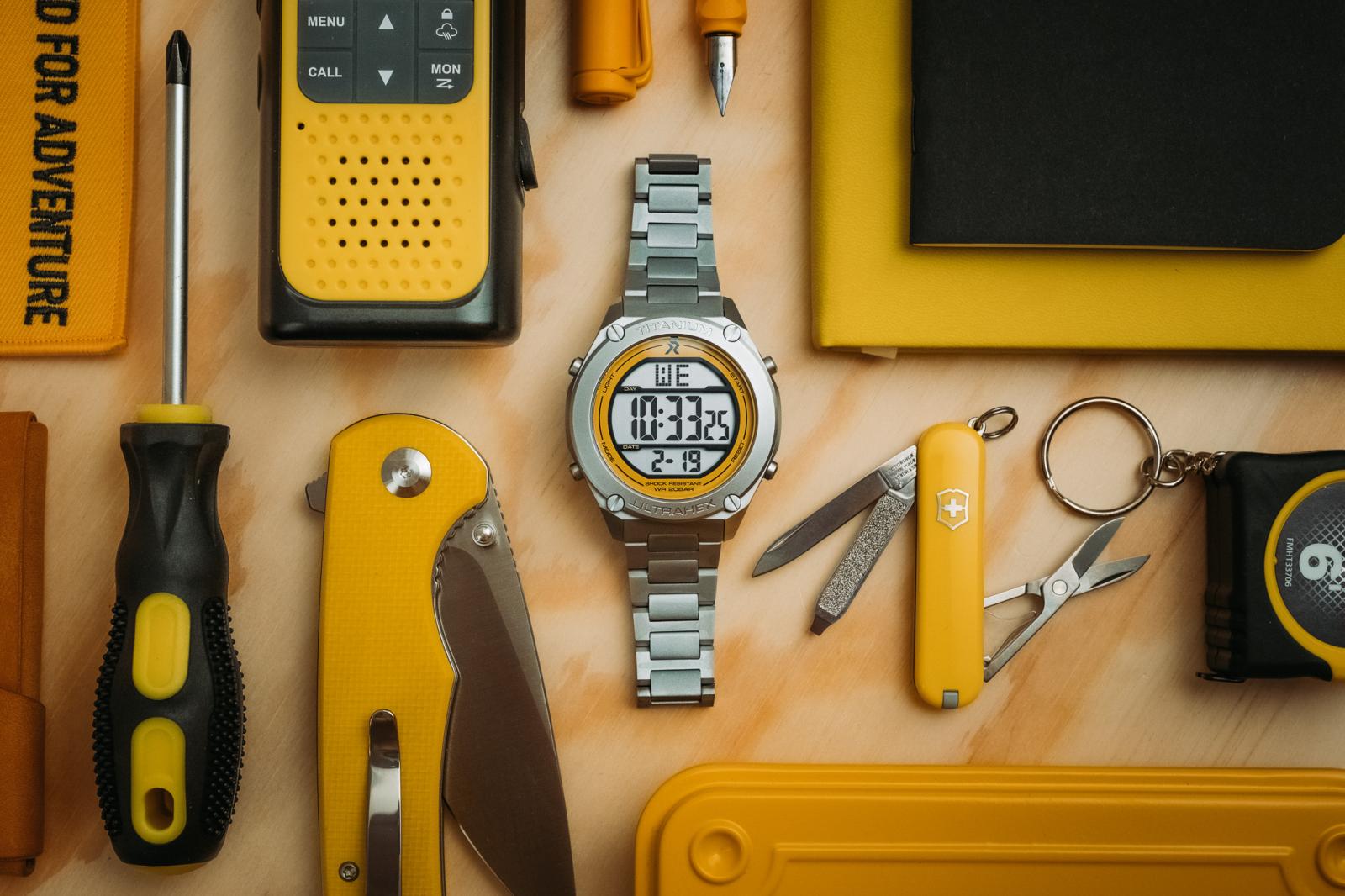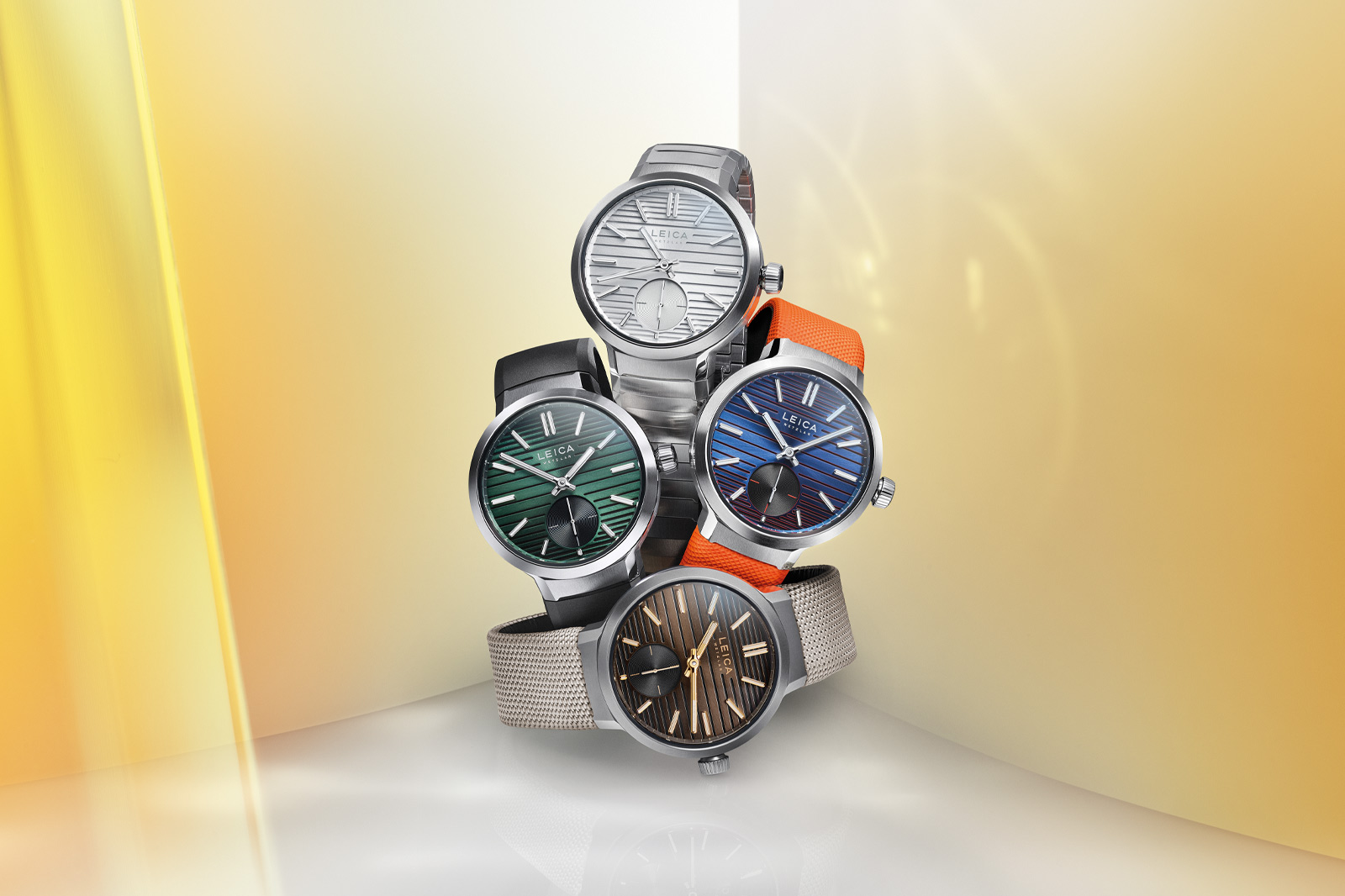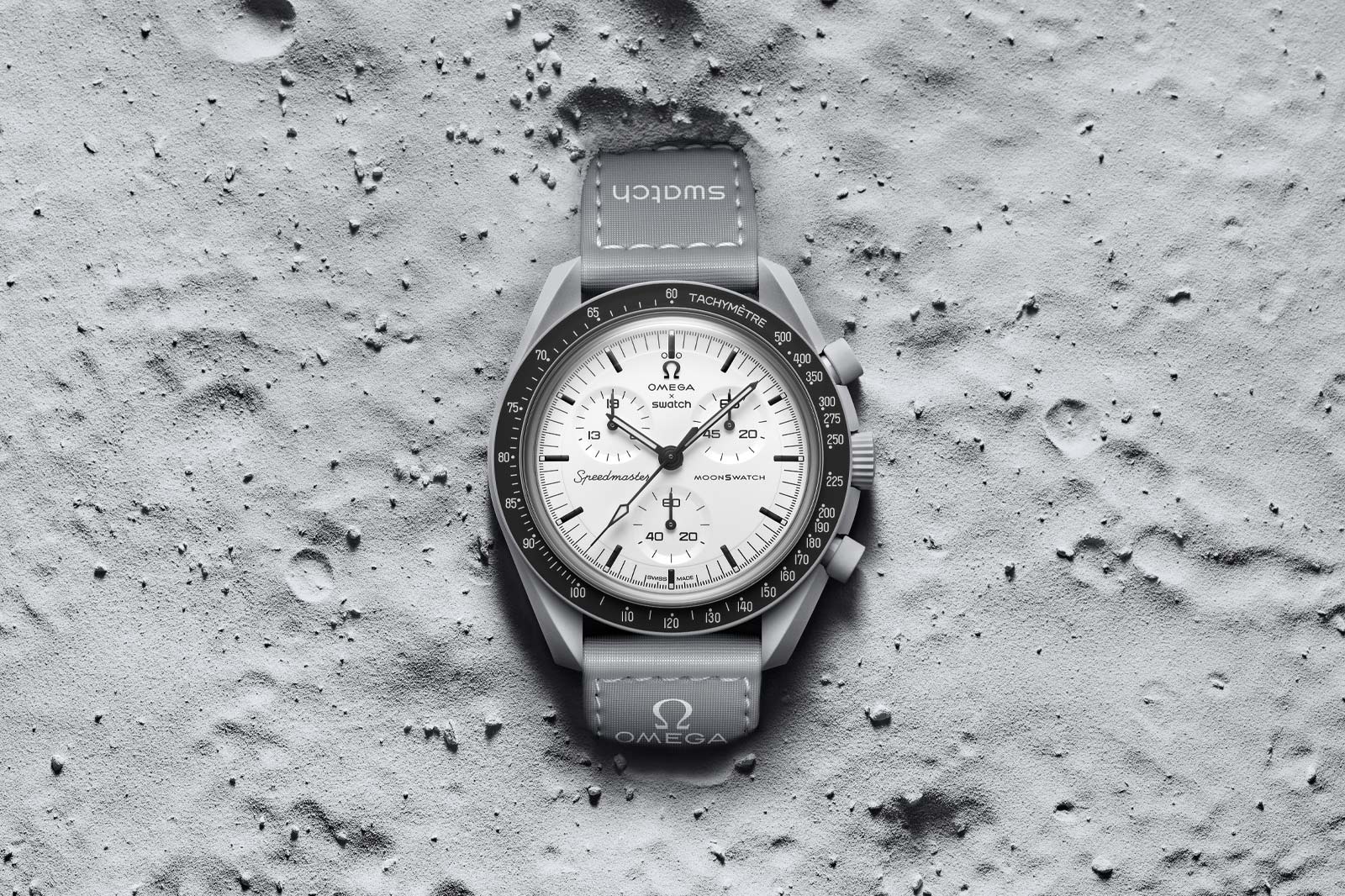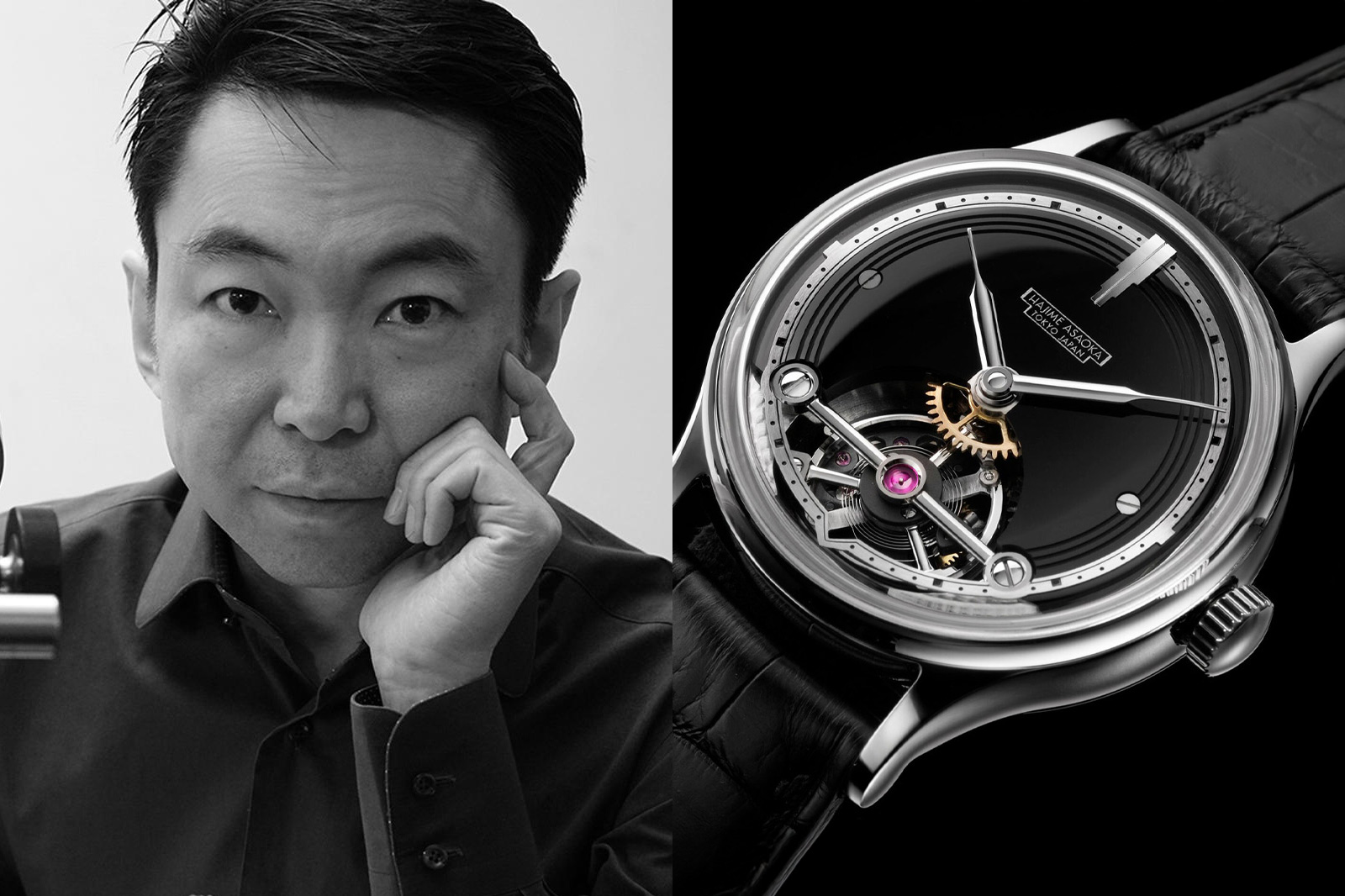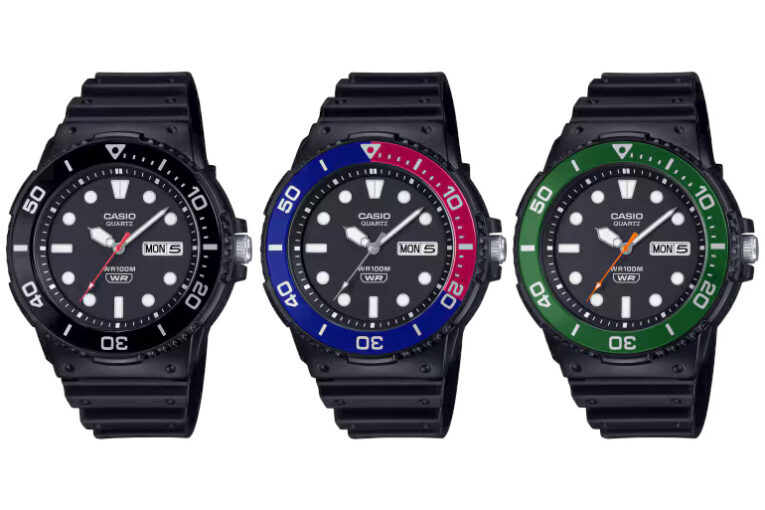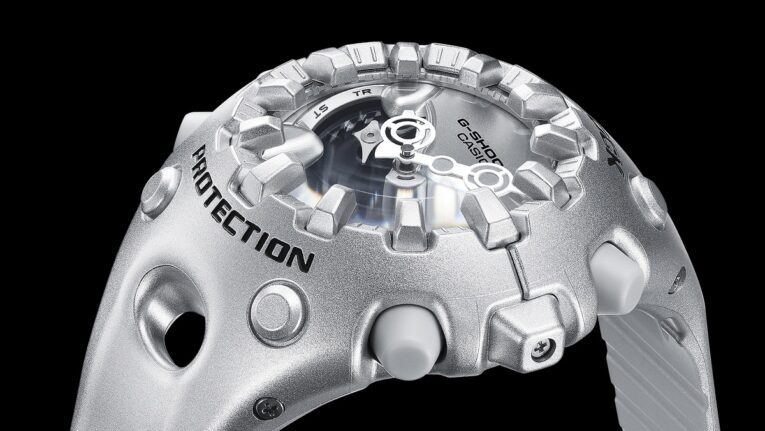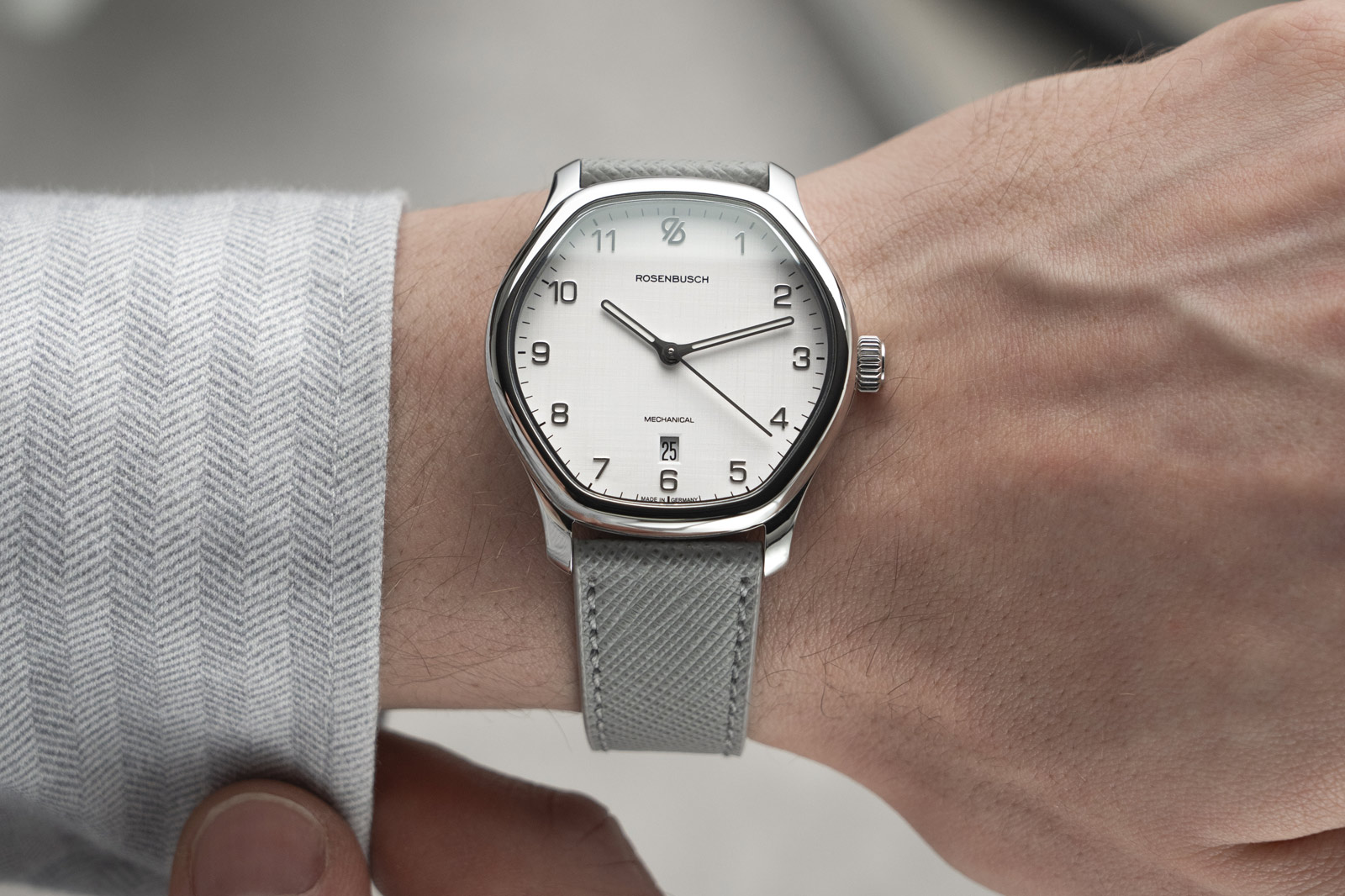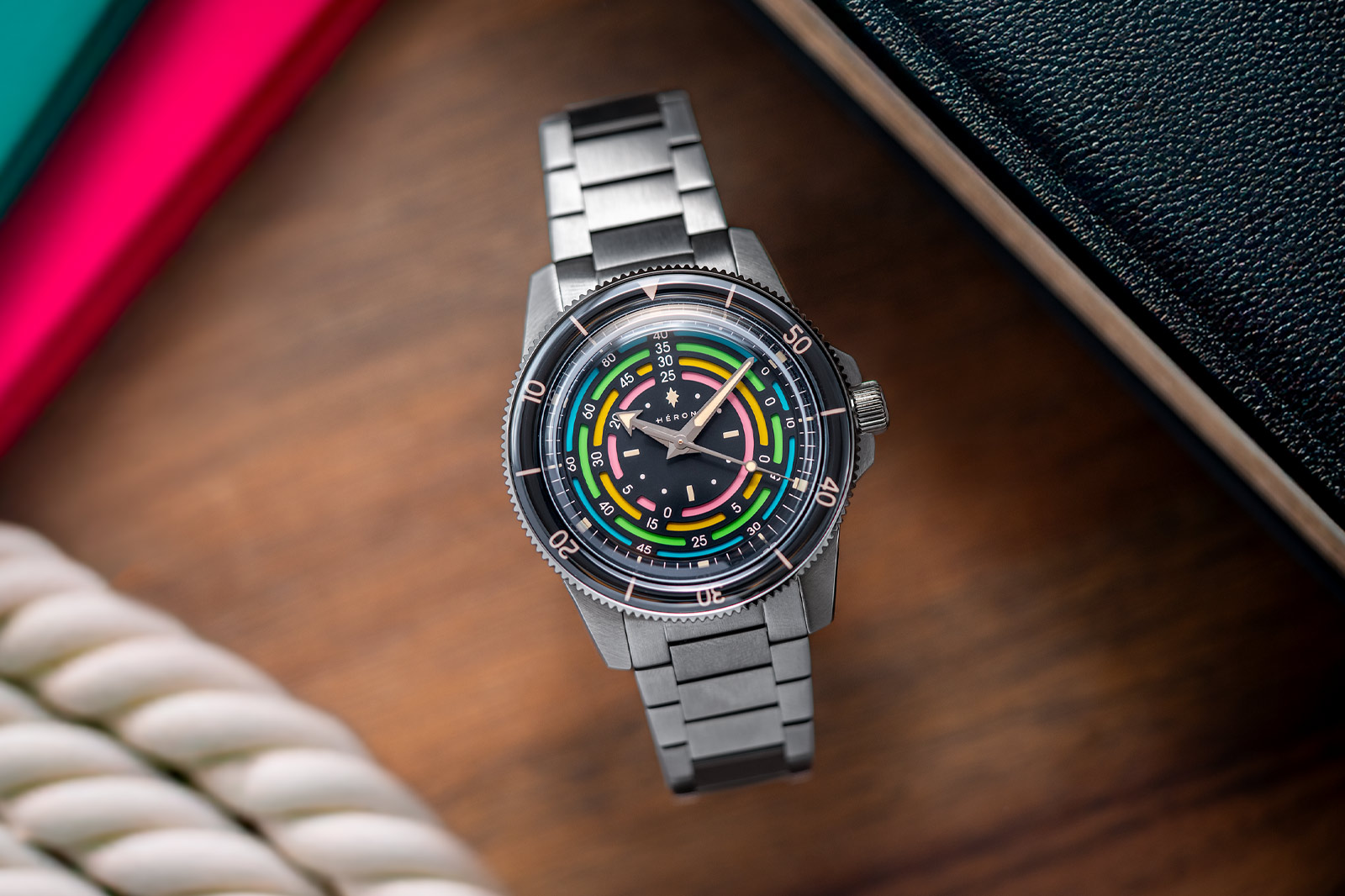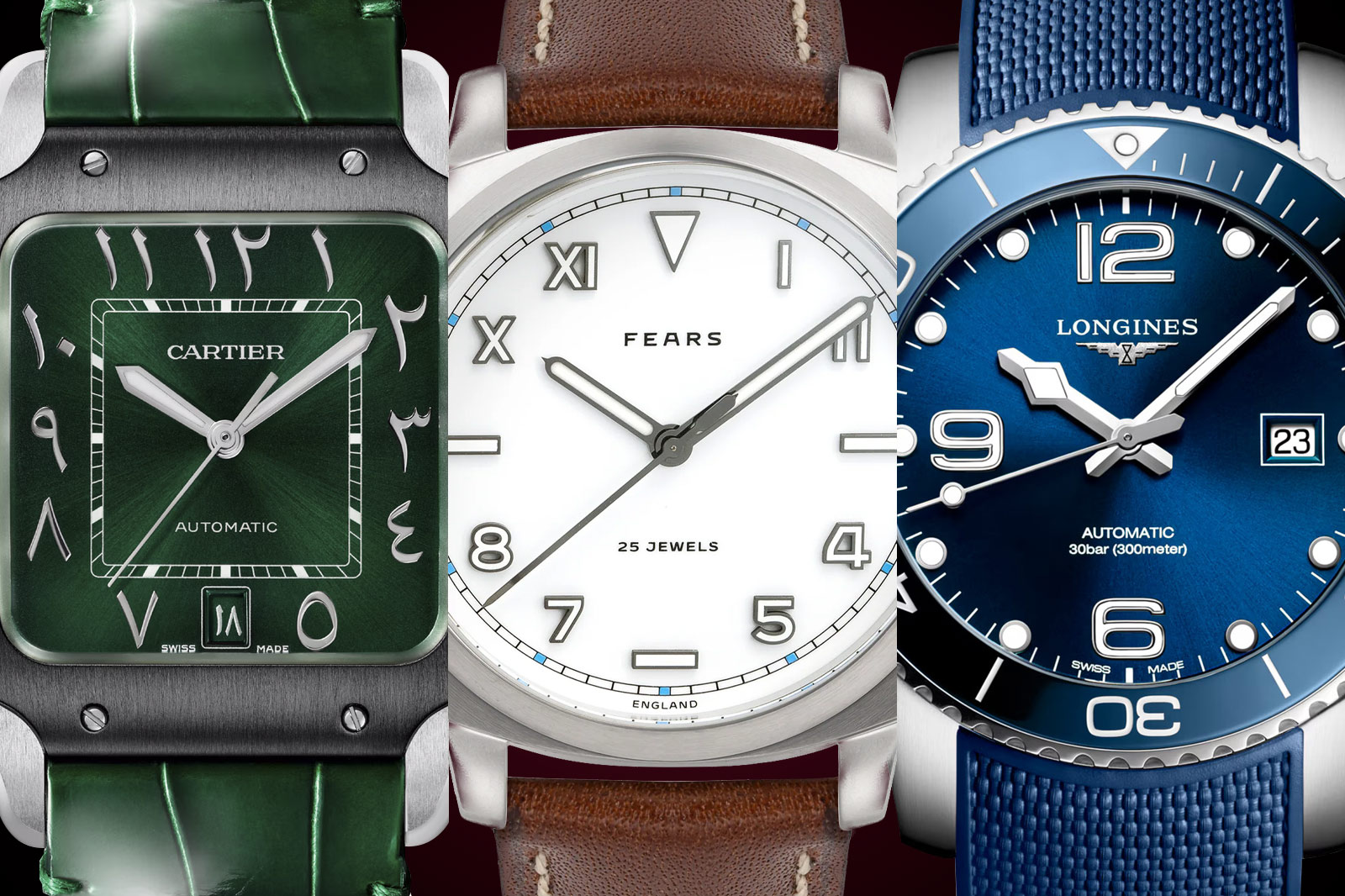


If your knowledge of wrist-worn time stems from the seventies, eighties, or nineties, you can read any watch from the mere position of your hand. But in today’s society, many of us think vital knowledge is becoming lost. Kids and Gen Z are used to seeing pure digital time readouts wherever they look, whether on a dashboard, coffee machine, iPad, or ever-hypnotizing smartphone screen. What then of watch numerals?
Arguably the digi-fication of the world might be one reason legible numerals are making a comeback, and Gen Z might get the urge to strap on an actual timepiece. Roman or Arabic, applied or printed numerals might remove some elegance from suitably minimal dress watches. But done right, the right numerals complete a good design. So we’ve carefully curated a collection of some of the most important, oft-copied styles out there and will happily champion literal legibility for all.
Roman Numerals

Nothing spells out traditionalism like a well-executed Roman numeral in a slim, crisp-printed font. It’s an aesthetic known from the earliest 18th-century pocket watches. As the oldest way of marking numbers, keeping them on watch dials is perhaps the only way to ensure their lease of life in the onslaught of smartwatches and screens. But who does it best? And how does it translate to a modern aesthetic?
Many brands use the classicism of the slender markings to their advantage, often to designate their dressier models. Cartier has a clear shot at the title in terms of range proliferation. Even when they had a punt at the diver’s market with the odd Calibre de Cartier, Roman numerals were front and centre.
Moritz Grossmann and Ferrier offer great examples of sliver-thin Roman style for the slenderest applications. As for the more challenging design brief of applying the classicism of Roman numerals to a sports watch, the Chopard Alpine Eagle offers the quirky cool of the 41mm Cadence 8HF with its buzzing 8hz Chopard 01.12 high-frequency escapement and orange details.
Sandwich Numerals

While less of a typographic style and more of a technique, sandwich numerals nevertheless have a distinctively macho place in watch design. All numerals are cut into the dial, while a lumed sub-layer creates a charming sense of depth and a suffused glow in low-light situations. It’s a style that’s been used in a few places over the years, but one that’s impossible not to talk about without mentioning Panerai. Every Pammie has a very clear identity, and most brand CEOs would give an arm and a leg for the elusive 10-foot recognition a Radiomir or Luminor gets, even if it comes with a polarizing cachet.
The sandwich dial speaks for itself, and with it Panerai has, to some watch lovers’ chagrin, taken their three watch shapes to the peak of Big Watch Noughties and back down again. But with a love of tech and material innovation, there is reinvention, despite the refusal to release a single sub-40mm circular watch, or heavens forbid, a rectangle. But that is exactly why the Paneristi stay loyal and refuse to bow to the trends of small, dressy wristwear.
Breguet Numerals

Louis Breguet and his namesake brand have created one of the strongest legacies in the business and know how to remind us about it. Curvaceous numerals in a classical sans-serif font are par for the course and have set a typographical standard. With Breguet numerals, a watch designer can choose to lean on a traditional language of design to ensure a clean result or contrast it with a modern case to great effect.
Breguet still has a way with its namesake typography, and we have a soft spot for the luscious, platinum version of the pared-back design of the 5177, with slender silver numerals that appear to hover above the glass-like enamel darkness. A good set of Breguet Arabic numerals allows the space to shine and, to some minds, look best when left undisturbed by a date window. Given their slender nature, they are more than a delicate match to a suave set of feuille or even spade hands.
Bauhaus

German watchmaking has an architectural quality, especially visible in the mid-century modernity of their home-grown mid-priced brands that cater to the taste of the very same architects. Where many brands put all their chips on sport and dive watches, the 1920s Bauhaus school of design has a fervent following for its clean graphic aesthetic. The tall, narrow typography is also well known from 1920s Art Deco artwork in illustrations and poster art, and you’ll recognize a Nomos watch dial from the slightest macro detail of a slim, minimalist numeral.
Typically, the Bauhaus numerals are accompanied by a matching font and a matte dial where the Germanic strict focus on functionality shines through. Due to the thin nature of the typography, the print needs to be crisp and of high quality, with a distinct balance of proportions between numerals and hands. Frivolities are reined back for the sake of legibility, and it brings with it a clean-cut charm that’s hard to replicate.
Oversized Arabics

For sport and dive watches, the emphasis on legibility drives the design process, at least if the brand is serious about the potential adventures of its wristwear. To make time-telling easy, many go the Big Three route, where the 12, six, and nine numerals are charmingly oversized compared to the rest of the dial markers. Yes, there is also a number three on most dials, but a date window usually occupies its space for function-conscious buyers.
Great examples of big quadrant Arabics are the long-running Longines Hydroconquest series, while the big fit of the Panerai Luminor comes with a Sandwich version of the same, with their tell-tale running seconds at nine o’clock. But for maximum effect, look at the wide, squat dial-dominating six and 12 on a Chopard Mille Miglia, a racing-inspired design that’s been a staple of petrolheads for more than 20 years.
Size Variation Within the 12 Numerals

With the addition of date windows, registers, and sub-dials come inevitable legibility challenges. Most brand designers cut into the shapes of Arabic numerals unceremoniously or even omit them altogether. Very few brands choose a different route that keeps the circular string of 12 numbers intact, varying the actual size of the numeral font. One brand stands out in this respect, F.P. Journe.
As a brand known for its focus on legibility, its Arabic numerals have a wide stance and serifed curvature to the typeface. However, where other brands unceremoniously chop off a three or four for a date or omit a nine, Francois Paul scales them down and leaves them in place, as if hit by a shrink ray. Look at one of his dials and enjoy the vibrant dance of full-and half-size numerals with their serifed tails and curves intact, adapting to the cut-out shapes around them.
Eastern Arabic Numerals

With the Gulf states and the U.A.E being an increasingly important part of the watch-buying scene, many brands have released special editions with the flourish of traditional Eastern Arabic numerals. You will often see the swirling typography combined with the colour green, and we have seen great examples of limited editions ranging from the Bulgari Octo Finissimo to Cartier’s Santos. The green colour holds many profound associations within Islam, embodying themes of paradise, purity, and prosperity.
Combining both colour and the flourish of the traditional font offers a vibrant contrast to the strict architecture of many watch designs, ranging in price from a mid-priced Frederique Constant to the angular Finissimo. Cartier went all out with a matching green alligator strap and a rich green sunburst brushed dial and, with its rarity, found many Western buyers wanting a touch of far-Eastern vibrancy.
The California Dial (Arabic/Roman)

The California dial refers to an odd mix of Arabic and Roman numerals, as if a designer made a mock-up to see what made the best impression on the watch’s face. The storied and well-known progenitors of the genre are Rolex, and Rolex-manufactured Panerai watches from the 1930s, used by the armed forces in wartime Europe. The aim was to make a fool proof dial regarding low-light legibility, even though the style’s functional purity, if perhaps aesthetic mess, faded away after World War II.
It was resuscitated in a surprising Japanese boom of the heady eighties, but why California? Legend has it that Rolex could not keep up with demand, prompting a California-based manufacturer to refurbish Rolleys in the quirky style, hence the nomenclature. Today, it’s found in Panerai Radiomirs, on the Nomos Club Campus, and ironically on the California screen of the Silicon Valley pet, the sleek Apple watch. Possibly the coolest version in recent memory, however, comes courtesy of British brand Fears and their collaboration with Silicon Valley jeweler, Topper.
Handwritten

With collaborations and the blend of art and watches come fun details like handwritten scrawls on dials and seemingly handwritten numerals. We’ve seen some great examples this year. Notably, the end of 2023 released chocolate ceramic AP Royal Oak QP with rapper Travis Scott. With a cocoa-tinted textured strap and deep chocolate-coloured brushed ceramic, it might have been wildly polarizing. However, it stood out as an intensely interesting piece, with all numerals and text rendered handwritten, as crisp as only AP can.
Another notable release this year was the superlative fun of the Frederique Constant x seconde/seconde/ Slimline Moonphase. In a quiet year for the industry, it stood out with its irreverent take on the formal FC, indices strewn haphazardly on the dial. The moon itself is oddly non-circular, and the scrawled logo and dates of Romaric André come with the magic power of laughter.
Chinese Characters

There is no denying China’s importance as one of the biggest markets in the world for wristwatches, even if 2024 saw a dip in sales in parallel with their housing investment market bust. The importance of the Chinese market has had two effects on Swiss main brands and the increasing might of the independents. One is the proliferation of colourful editions for each Chinese New Year and the emergence of Chinese characters on the dial.
It feels like a natural move and a sign that the Swiss are adapting to a changing world, and for the prolific collectors out there, most brands do a mix of Roman numerals and Chinese characters to appeal to Western eyes as well. But one of the best combinations of colour and Chinese typography was the Parmigiani Tonda PF Xiali Calendar, a QP with a vibrant red guilloche dial and a full set of Chinese characters and numerals.
Oracle Time
